Over the past six decades, CHRR's history is marked by pivotal moments that have defined its trajectory and shaped its successes, including innovations that have even impacted the wider research community. Many of these achievements are shared successes with CHRR’s clients, who partner with the center to bring their research ideas to life. Major milestones for CHRR over the past 60 years include the following:
1965— CHRR is created when two Ohio State economics professors, Herbert Parnes and Samuel Clifton “Clif” Kelley, are awarded a dream project from the federal government. Parnes had been approached to help build a novel project from the ground up — a longitudinal survey of American workers. This new project for the U.S. Department of Labor becomes known as the National Longitudinal Surveys of Labor Market Experience. The program is groundbreaking in its size and scope.
Parnes and Kelley serve as co-directors of the newly-christened Center for Human Resource Research (known today as simply, CHRR). In the ’60s, the term “human resources” refers to people’s contributions to the economy as part of the workforce. CHRR’s inaugural location is Hagerty Hall on the Oval.

CHRR's cofounders Samuel Clifton “Clif” Kelley (left) and Herbert Parnes (right)
1966— The National Longitudinal Surveys of Labor Market Experience begins, focusing on specific groups of people — older men, mature women, young men, and young women. The program name later evolves to a shortened version — National Longitudinal Surveys (NLS).
Around the same time, CHRR partners with the governments of Ecuador and Bolivia to advise on economic and labor topics as the countries struggle with political instability and economic struggles. CHRR studies and makes recommendations in areas such as education, job training, and health.

CHRR memorabilia from the 60s, including a letter from the Department of Labor awarding a major contract to CHRR's cofounders.
1973— CHRR co-director Samuel Clifton “Clif” Kelley travels to Belgium as part of a CHRR project investigating challenges related to cultural, social, and political divisions between the “Flemish” and “Walloons.” He's joined by William Peterson, an Ohio State professor in population studies.
1976— CHRR’s co-directors help introduce a degree affiliated with CHRR and its areas of expertise — a bachelor of science in labor and human resources, in the College of Administrative Science. Later, a master of arts is added in the same vein.
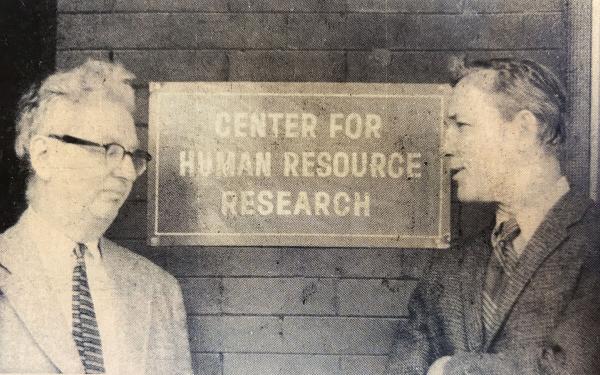
CHRR's first co-director Samuel Clifton “Clif” Kelley (right) confers with a fellow Ohio State professor in the early 1970s. At left is William Peterson, a professor in population studies.
1977— Michael Borus becomes director. At the time, he is an Ohio State professor of labor and human resources in the economics department.
1979— A new survey group is added to the federal NLS program, and a new partner — NORC at the University of Chicago — joins CHRR in the work. The specific group being surveyed is called the National Longitudinal Survey of Youth (NLSY79), which focuses on about 12,700 people ages 14-21.
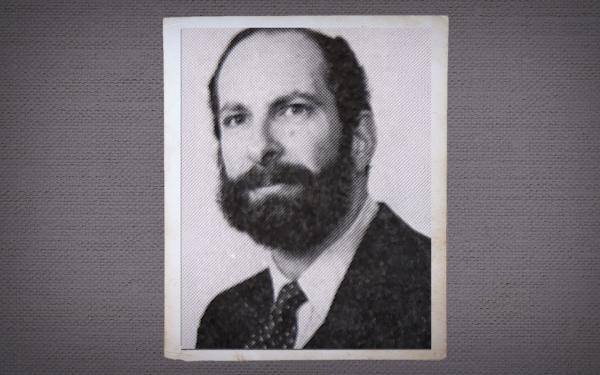
Michael Borus, CHRR director starting in 1977
1979— CHRR moves to a location in Worthington on High Street.
1980— Original co-director Herb Parnes retires from Ohio State. Both Parnes and his counterpart, co-director Samuel Clifton “Clif” Kelley, have since passed away, leaving behind a legacy of significant research and a thriving center built on their vision.
The farewell letter at right reads: "Dear Friends, The party's over, but the glow lingers on — and will for a long, long time."
1984— CHRR moves to a new location on Ackerman Road, north of West Campus.
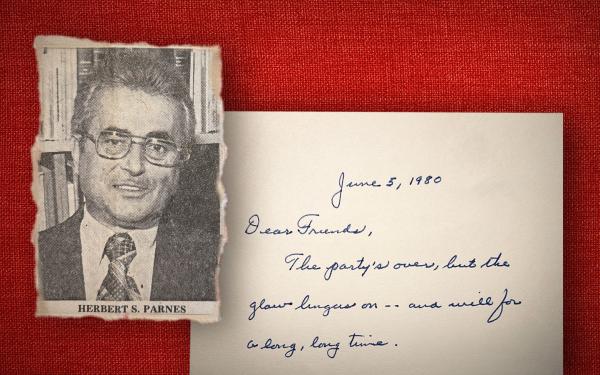
Memorabilia from when original co-director Herb Parnes retired in 1980 — a Columbus Dispatch clipping and a farewell letter to staff.
1985— Ken Wolpin becomes director. At the time, he is an Ohio State professor of economics and also serves as principal investigator for the NLS program.
1986— CHRR helps launch the NLSY79 child survey, an innovative and important extension of the National Longitudinal Survey of Youth, in which the children of NLSY79 mothers are interviewed and assessed. A young adult interview is added in 1994 as the children reach early adulthood.
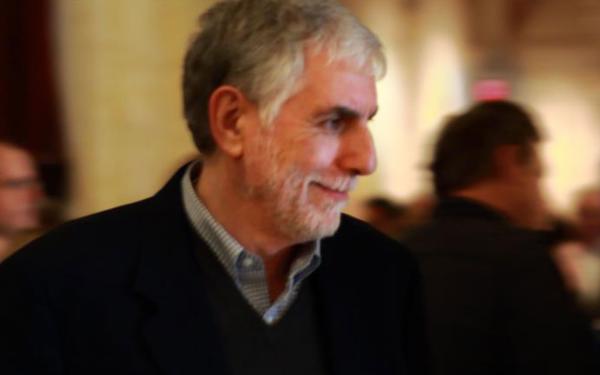
Former Director Ken Wolpin
1987— Randy Olsen becomes director and continues in this role until 2015. Olsen is one of the longest-serving employees at CHRR, contributing his expertise for 38 years. He’s currently an Ohio State emeritus professor of economics.
1989— CHRR doubles down on technological innovation, making two key breakthroughs well ahead of the curve. The center introduces these innovations with the NLS program: Storing data on CD-ROMs and developing an approach for interviewing people in the field with portable computers.
1989— CHRR moves locations to its current space at 921 Chatham Lane, just north of West Campus.
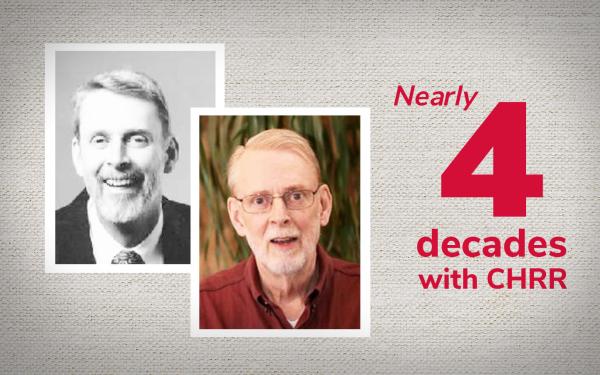
Randy Olsen, who was director starting in the late 1980s, still works for CHRR. Olsen, an Ohio State emeritus professor of economics, is one of the longest-serving employees at the center.
1997— An additional NLS survey group is added — the National Longitudinal Survey of Youth (NLSY97). At its inception, this group includes about 9,000 male and female children ages 12-16. To this day, the survey group continues to be interviewed biennially.
The State of Ohio partners with CHRR to conduct a survey of former welfare recipients aimed at determining the impact of welfare reform on Ohio residents.
2004— Creating a virtual call center, CHRR connects interviewers with respondents via the internet across the entire country. Interviewers contact respondents using VoIP, Dialvision®, and web survey software.
2010— CHRR takes on management of the Ohio Longitudinal Data Archive (OLDA). The OLDA repository is an on-going partnership with the State of Ohio to collect and share key information related to residents' education, work, and training.
2012— CHRR partners with the Ohio Education Research Center (OERC), as it relates to the OLDA repository. The OERC responds to the needs of educators and policymakers in Ohio and across the nation, identifies and shares successful practices, and signals emerging trends. The OERC is a member of Ohio Analytics, an administrative data partnership that supports state education and workforce research priorities. Ohio Analytics centralizes state administrative data into the OLDA repository.
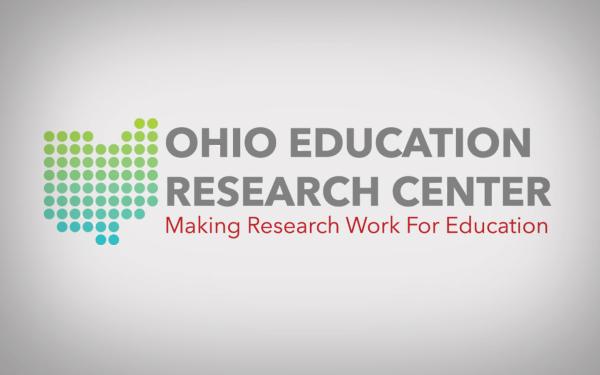
The Ohio Longitudinal Data Archive, managed by CHRR, is a project of the Ohio Education Research Center and provides researchers with centralized access to administrative data.
2014— Renowned sociologist Chris Browning and CHRR partner on a study revealing unprecedented data and detail about teen health and their lives. The Adolescent Health and Development in Context Study (AHDC), focused on youth ages 11-17 in Central Ohio, looks at how neighborhoods and other social factors impact their health and well-being. Browning is an Ohio State professor of sociology.
2015— Elizabeth Cooksey becomes director and, at the time, also serves as principal investigator for the NLSY79 young adult survey. (Note: This portion of the program has since sunsetted.) Cooksey is currently an Ohio State emeritus professor of sociology and continues to work for CHRR.
2017— CHRR develops the American Population Panel (APP), a unique offering for researchers that provides an efficient and less costly way to find and recruit respondents. The APP is a large panel of people representing various population subgroups who are ready to be surveyed.
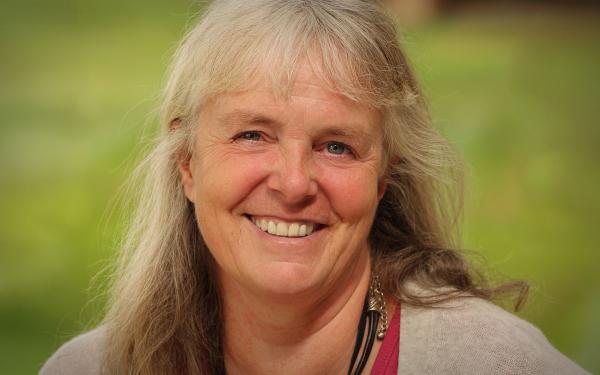
Elizabeth Cooksey, director starting in 2015
2019— The NLS program celebrates more than 10,000 research citations, including about 4,400 journal articles and 1,300 PhD dissertations.
2020— CHRR partners on a program focused in Ethiopia, in collaboration with Ohio State’s Global One Health initiative. CHRR executes the Rapid Coronavirus Non-Pharmaceutical Interventions (NPI) Survey. The survey aims to provide communication strategies for Ethiopia's government and healthcare stakeholders to mitigate COVID-19. It also encourages the World Health Organization and similar organizations to prioritize communication when preparing for pandemics.
2021— Stephen Gavazzi serves as interim director for CHRR, stepping into the formal director position in 2022. Gavazzi is an Ohio State professor of human sciences in the College of Education and Human Ecology.
2022— CHRR partners with The Ohio Department of Mental Health and Addiction Services (OhioMHAS) and the Ohio for Responsible Gambling on the Ohio Gambling Survey. Some of the services provided include sample design, survey design, survey management, and data collection and analytics.
2023— CHRR joins a groundbreaking mental health study called the State of Ohio Adversity and Resilience Study (SOAR). CHRR leads its surveying phase, including the sample design, which is a careful, ever-evolving process to find participants. CHRR recruits and communicates with respondents, in addition to implementing and managing the survey itself. CHRR also collects and organizes the data, along with keeping it secure. (Note: The surveying phase of SOAR ended around February 2025.)
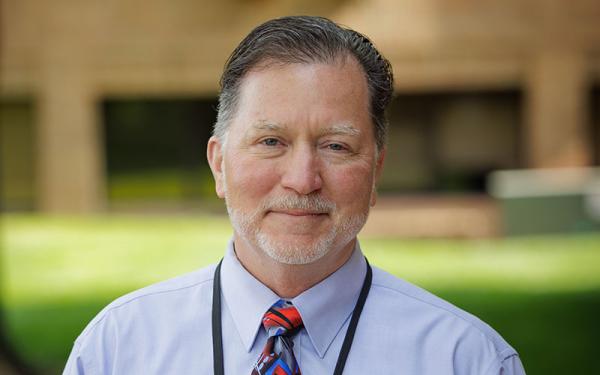
CHRR's current director is Stephen Gavazzi, an Ohio State professor of human sciences in the College of Education and Human Ecology. Before he became a director, he was coincidentally a CHRR client who received help organizing data.
